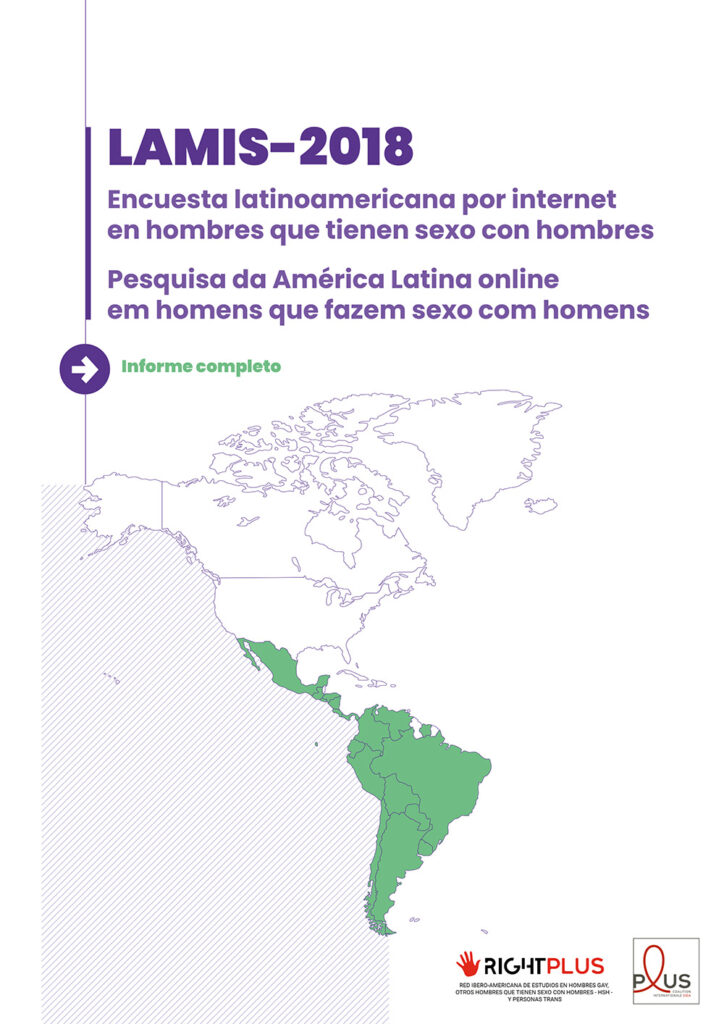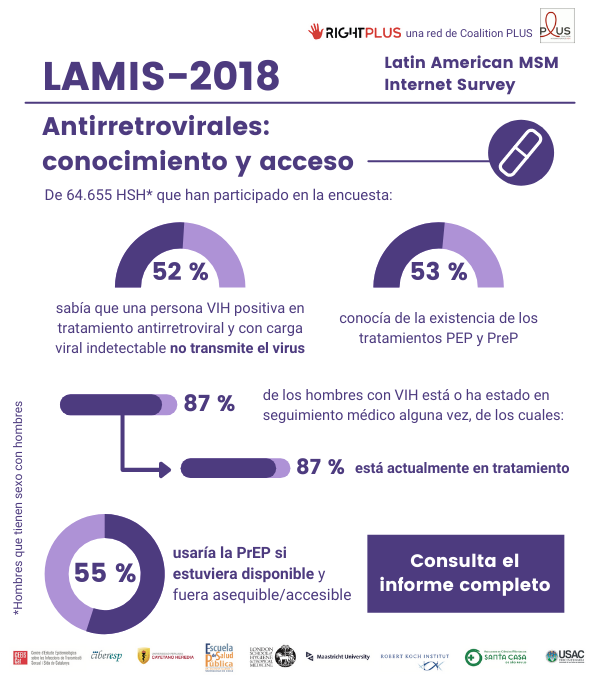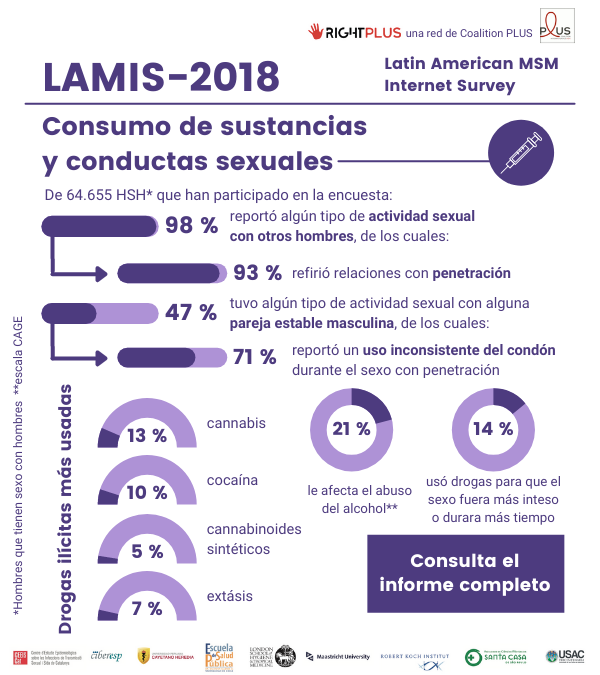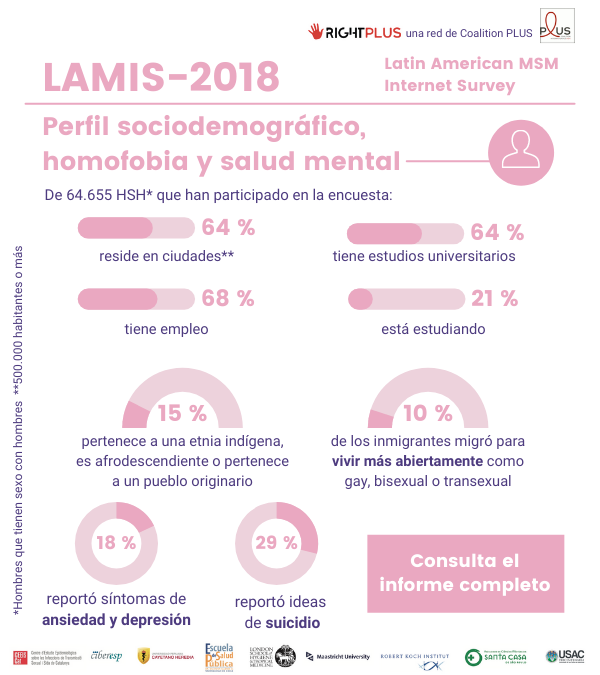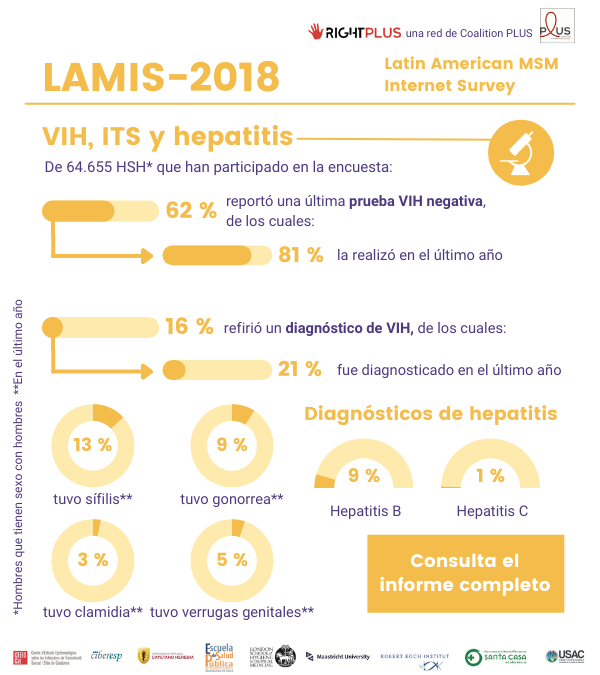HIV Medicine; 23(7):764–773. doi: 10.1111/hiv.13238
Authors: Avelino-Silva, V. I., Vasconcelos, R., Cerqueira, N. B., Marcus, U., Schmidt, A. J., & Veras, M. A.
Abstract
Introduction
HIV is still a central public health issue in Latin America, disproportionally affecting key populations. Knowledge and access to biomedical prevention strategies, including treatment as prevention (TASP) or undetectable = untransmissible (U=U), pre-exposure prophylaxis (PrEP) and post-exposure prophylaxis (PEP), are the first steps to increasing uptake. We used data from the Latin American MSM Internet Survey (LAMIS) to describe knowledge and access to biomedical HIV prevention strategies among gay, bisexual, transgender and other men who have sex with men (MSM) living in 18 Latin American countries.
Methods
We compared LAMIS data across countries and according to age categories using frequencies and percentages. We also used multivariable models to explore whether age, gender identity, sexual identity, steady partnership, HIV status and education were independently associated with outcomes.
Results
In all, 55 924 participants were included. Most were cisgender (99%) and identified as gay/homosexual (77%) or bisexual (17%). Schooling levels were very high, with 89% reporting highest attained education as tertiary level, university or post-graduation. In total, 16% had been previously diagnosed with HIV; of those, rates of undetectable viral load varied from 60% in Venezuela to 83% in Brazil. Overall, 54%, 54% and 52% of participants already knew about PEP, PrEP and U=U, respectively. Participants from Brazil and those aged between 26 and 55 years, living with diagnosed HIV and having a gay/homosexual identity had greater levels of awareness about biomedical prevention strategies.
Conclusions
Our study highlights gaps in HIV prevention campaigns directed to MSM in Latin America resulting in low uptake of biomedical prevention methods.
Available online
